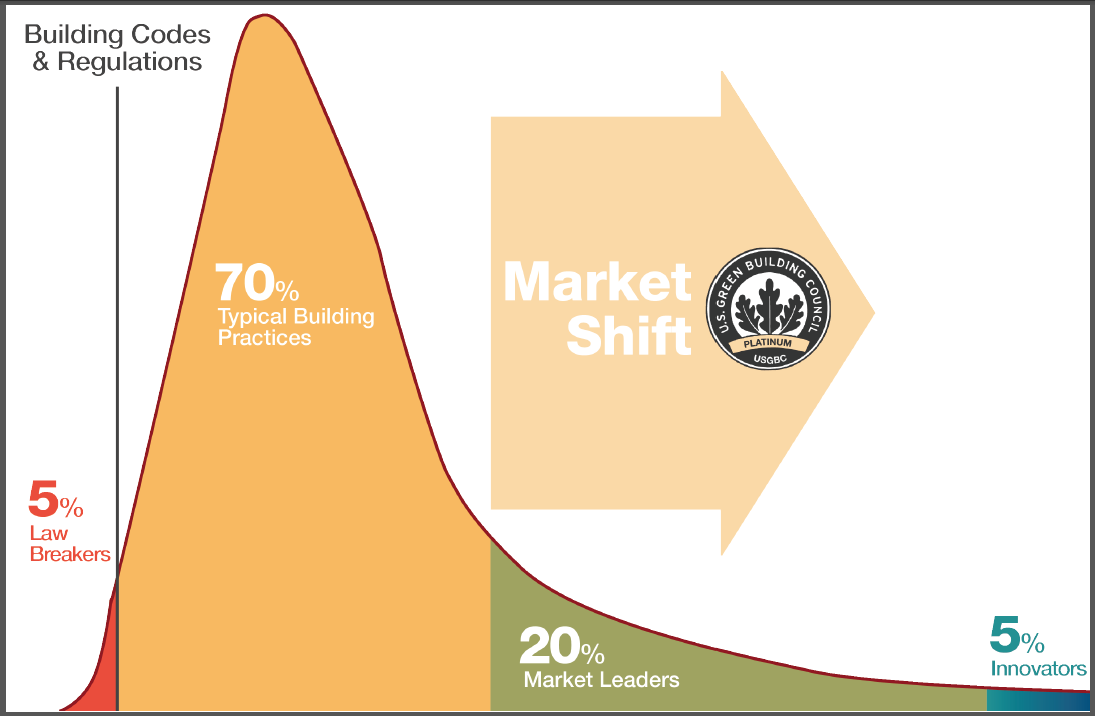Code Green Solutions


Over 350 of the Northeast’s top professional real estate appraisers packed the room at the annual 2013 New England Appraisers Expo held just outside Boston. The dominant theme was how the private market adoption of LEED and ENERGY STAR along with increased transparency brought about by City of Boston’s energy disclosure ordinance is incorporated into the valuation process.
The morning session [see presentation [pdf]] provided attendees depth and context for USGBC’s mission and the framework underpinning the LEED building rating system. By activating competitive market forces, transparent rating programs like LEED allow market participants to recognize performance differentials, refine competitive sets, and ascribe appropriate value. Valuation professionals are keen to use new information tools like the GBIG Timeline to provide a richer baseline to define a ‘market comparable’.
Sandra Adomatis, a leading expert in green building appraisal, discussed practical tools including the Appraisal Institute’s Residential Green and Energy Efficient Addendum and how to align with best industry practices. James Finlay, VP and Senior Review Appraiser at Wells Fargo, emphasized how to acquire and interpret market data to better understand the subject property and comparable assets.
The afternoon session [see presentation [pdf]] centered around the capitalist construct of efficient markets, how visible performance motivates action, and how outcomes translate into value. Brian Swett of the City of Boston outlined the Boston Energy Reporting and Disclosure Ordinance applicable to buildings over 35,000 SF which is set for 2014 release. The takeaway theme is that transparency is fundamental to market efficiency, and energy benchmark policies use the transparency mechanism to drive efficient markets and reduce market failures.
Unseen inefficiencies and concealed risks hide in the shadows hindering innovation, progress, and value attainment. Attendees were provided a stark reminder of this dynamic by the keynote speaker Paul Willen, Senior Economist at the Federal Reserve Bank of Boston, who shared extensive data-driven economic insights into the past US housing market crash, and his future prognosis for residential markets.
Transparent building ratings like LEED coupled with building benchmark and disclosure efforts will drive market efficiency, reward high performance, and motivate building owners to improve. Pricing mechanisms and information-driven value discovery drive market efficiency. The forces of capitalism will surely be an unforgiving scorekeeper as high performance attributes impacting real estate financial value receive greater context and daylight.